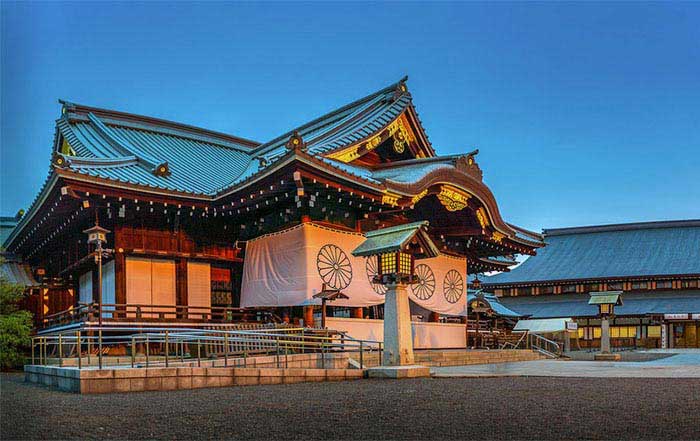Emperor Hirohito was a major figure in the history of 20th-century Japan. Although Hirohito reigned for 62 years and is revered as a god by many Japanese, the monarch died at a ripe old age. To date, Hirohito remains one of the most important figures in the country's checkered cultural history. Many remember that Hirohito was the ruler who declared Japan's big surrender to the Allied forces after World War II. The momentous event brought about the end of decades of fighting in the Second World War. This event occurred on August 15, 1945, and is known in Japan as "The Day of Surrender." on this day each year, it is customary to visit Emperor Hirohito's monument to lay flowers and pay respects.
Emperor Hirohito (1901-1989) was the 124th Emperor of Japan. He ruled from 1926 to 1989. During his reign, he was known as the Showa Emperor and was often referred to colloquially as "the Emperor." Hirohito's father, Yoshihito, became Emperor in 1867 at age 14 but died a few years later. At that point, Hirohito (the Emperor's father) was given the name Meiji and took over his own father's duties as Emperor. When Meiji died in 1912, Hirohito became formally known as Taisho Tenno or "The Great Enlightened Monarch." However, he would continue being called by his childhood name until he later took on the title himself.
In 1926, following the death of Taisho Tenno (his father), Hirohito became officially known as Showa Tenno or "brightness shining through clouds"--a reference to his reign occurring during times of hardship for Japan. Hirohito continued to be called by this title until the World War II ended. Interestingly, while visiting Europe in 1952, the British preferred not to call him by any formal title because it seemed too similar to the British royalty's honours. It was thought this could cause a degree of political unrest, pitting the European against the Asian monarch. There was, however, no doubt that Emperor Hirohito was considered an important figure in world history.
Hirohito was Japan's 124th Emperor of Japan and served as its head for 62 years— this was the longest reign in recorded history (he died in 1989). Remarkably, the Emperor lived through both World Wars and saw many significant changes occur during his life. For example, Hirohito became Emperor during Japan's Meiji Restoration period when Japan moved away from its traditional culture toward modernization under his father, Emperor Mutsuhito.
The name "Emperor Hirohito" wasn't used until 1945; prior to this time, he was just called by the name: Taisho Tenno (Taisho meaning "Great Righteousness"). Unsurprisingly, the Hirohito monument also holds historical significance. The trip to Hirohito's monument is a milestone for any visitor to Japan. So, if you're in Japan and can spare a little time on your hands, this visit is well worth it.
Hirohito was the last Emperor of Japan. He ruled from 1926 until his death in 1989, at which point he was succeeded by his son Akihito who still reigns today. The monument itself was constructed on the basis that it should be similar to other monuments around the world that honor prominent leaders who passed away -in the manner of Lenin's tomb. Emperor Hirohito himself chose the monument's design; Hirohito wanted it to reflect Japanese culture while oozing dignity and flaunting Japanese tradition to foreign visitors.
When visiting this monument, you can feel Japan's history. You're surrounded by monuments and buildings dedicated to their famous Emperor. You can feel the weight of this monument built to honor him and his reign over the Japanese people. You can feel how much respect they had for him. However, when visiting this monument, it is important to remember that people died in World War II so that Hirohito could continue as Emperor of Japan. Some think he should have been charged with war crimes; instead, he was allowed to continue reigning as Emperor until 1989, when he died peacefully at age 87. Hirohito had ruled as Emperor for 62 years.
Undoubtedly, Emperor Hirohito's monument is a place of great importance. If you are looking for a place to discover and learn about world history, it's worthwhile visiting this revered edifice. Certainly, Hirohito's monument is an excellent place to learn about and admire his major accomplishments. Take the time to understand what each part of the monument means because it enlightens many on the important facts of life that saw the monarch assume office as Emperor.

